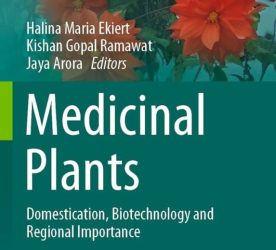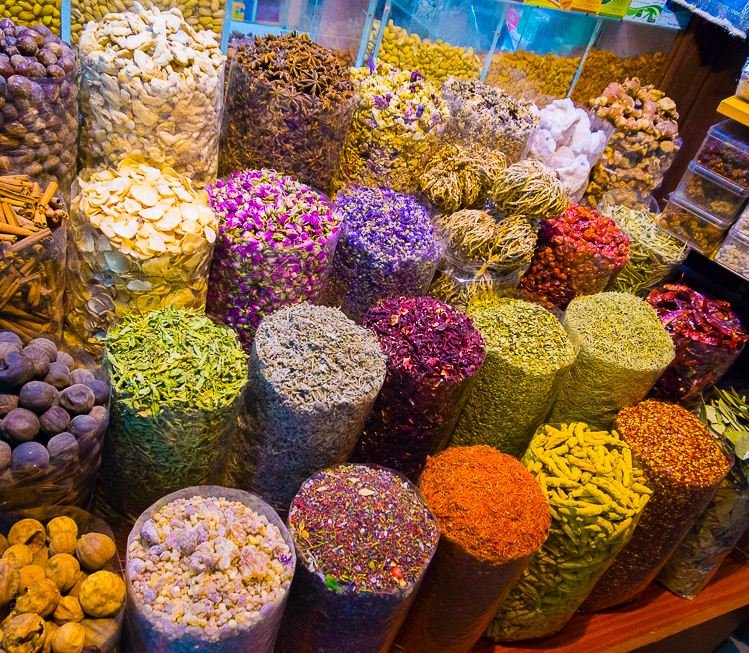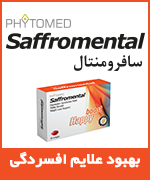
Move over Artemisia (well, maybe). There are two new antimalarial plants in the news this year.
From Brazil, Caesalpinia pluviosa (stem bark) ethanol extract was effective against the two main strains of the malaria parasite.
It’s important that we continue to find new antimalarials because the parasite becomes resistant. The current main therapy is ACT (artemisinin-based combination treatment), introduced when the parasite became resistant to chloroquine, a quinine derivative. Now artemisinin resistance is becoming increasingly common and no new class of antimalarial has been introduced since 1996. The authors warn “the discovery of new potential anti-malarial compounds is urgently needed.”
Caesalpinia is a legume with numerous local medicinal uses, many of which have a rational basis. The plant is antiviral, antimicrobial, anti-inflammatory and antioxidant. Apparently, it is also anti-malarial. In previous research, the crude extract proved inactive. The current research started in vitro testing various extracts against Plasmodium in glassware. Finding activity, research moved to in vivo research in infected mice. Chemical analysis showed that a new molecule, at first thought to be quercitin, appears to be the most active compound against malaria.
In the in vitro test, two fractions were significantly effective. The crude extract was not. In mice, the crude extract was somewhat effective, though not as effective against chloroquine resistant malaria. The ethanol extract was effective against both. What’s more, it was synergistic with the artemisinin based drug artesunate, so the two together are more effective than the combined effect of both. The plant extract alone was around 50% effective, artesunate around 60% and the combination around 80%.
The full article is HERE.
Halfway around the world, in Senegal, an ethnopharmacological survey pointed to the local medicinal plant Icacina senegalensis a native plant long used in Senegal to treat malaria. Crude extract and various fractions proved anti-plasmodial (Plasmodium is the malaria parasite) with no toxicity.
Astonishingly, this is the first time the plant has been tested, despite being the traditional remedy in perhaps the most mosquito infested and malaria afflicted part of West Africa. “This is the first scientific demonstration of the anti-plasmodial activity of I. senegalensis leaf extracts in a standard in vitro assay based on pLDH detection”
The crude methanol extract and fractions were tested for both effectiveness and toxicity (haemolytic effect). None of the extract fractions exhibited cytotoxicity to the limit of detection. By far the most effective fraction was the nonpolar (not water soluble) fraction of the methanol extract, with the polar fraction being the least effective.
It would be interesting to see how ethanol extracts fare, since methanol is toxic.
Full article is HERE.
https://medplant.ir/?p=6498



